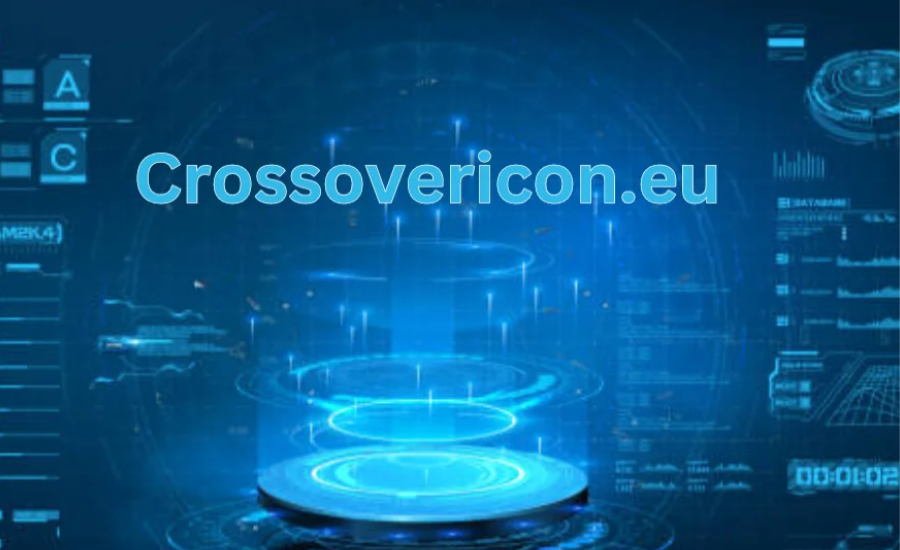Post Preview
Table of Contents
- History and Significance of Icelandic
- Starting with the Basics
- Resources for Learning Icelandic
- Pronunciation and Common Phrases
- Cultural Immersion Techniques
- Technology and Apps
- Practicing Regularly
- Overcoming Challenges
Key Takeaways
- Icelandic is a unique and rich language with deep historical roots.
- There are various resources and methods available to learn Icelandic effectively.
- Cultural immersion and modern technology can significantly enhance language learning.
- Understanding common Icelandic phrases and pronunciation rules is fundamental.
History and Significance of Icelandic
The Icelandic language, known as Íslenska in Icelandic, is a North Germanic language that has retained much of its original structure from the Old Norse language. Understanding the Icelandic language delves deeply into the country’s history and traditions. Icelandic boasts a remarkable historical continuity, which is why many ancient Icelandic texts are readable by modern speakers. This rich history lends a unique cultural depth to the language, making it a fascinating subject for linguistic and anthropological studies. The continuous legacy of Icelandic literature, including the epic sagas from the medieval period, highlights its historical importance.
Starting with the Basics
Before diving into complex structures, familiarize yourself with the Icelandic alphabet and pronunciation rules. The alphabet consists of 32 letters, including some unique ones like ð (eth) and þ (thorn). Knowing these letters is crucial because they affect how words are pronounced and understood. Spend time practicing each letter’s sound and learning simple words that use these unique characters. Comprehending these fundamentals will establish a solid base for future knowledge acquisition. Learning how “á” is pronounced as “ow” in “how” can be highly beneficial as you progress, for instance. Concentrate on frequently used words and expressions to develop your starting vocabulary and boost your self-assurance.
Resources for Learning Icelandic
Various resources, such as textbooks and online courses, are available to assist in learning Icelandic. Consider joining a well-organized program emphasizing reading, writing, speaking, and listening abilities. The University of Iceland offers comprehensive online courses that can guide you through the nuances of the language. Also, libraries and bookstores often carry Icelandic learning materials for beginners and advanced learners. Remember to consider the value of joining language learning communities online, where you can exchange tips, find study partners, and stay motivated. Language exchange programs where you converse with a native Icelandic speaker can provide real-world experience and feedback.
Pronunciation and Common Phrases
Pronunciation can be a challenge when learning Icelandic due to its unique sounds. Listening to native speakers and practicing common phrases can be immensely helpful. Utilize resources that feature native pronunciation and mimic the sounds as closely as possible. For instance, simple greetings like “Góðan daginn” (Good day) and “Takk fyrir” (Thank you) are great starting points and are used frequently in daily conversations. Working with a partner or recording yourself can also help master the subtleties of Icelandic pronunciation. Here is a pronunciation manual that may be of help to you. Websites and language learning apps frequently offer pronunciation guides and audio samples for imitation. A solid foundation in these fundamentals will improve your ability to engage in conversations and comprehend spoken Icelandic more precisely.
Cultural Immersion Techniques
Engaging with Icelandic culture can significantly enhance your learning experience. Attend Icelandic events, participate in local communities, or even consider traveling to Iceland to practice your skills. Interacting with locals in their surroundings can enhance your linguistic abilities and strengthen your understanding of the culture. Viewing movies from Iceland, tuning in to Icelandic music, and keeping up with Icelandic news sources can offer perspective and aid in familiarizing oneself with hearing the language in different situations. Immersing oneself in the cultural environment enables learners to learn idiomatic phrases and informal language not found in textbooks. Participating in Icelandic clubs or meetups in your area can add a social element to your study routine, enhancing enjoyment and longevity.
Technology and Apps
There are numerous tools provided by modern technology to assist in language learning. Moreover, you can utilize online forums and language exchange platforms to facilitate live practice sessions with native speakers. Many of these platforms provide tracking tools to keep tabs on your advancement and modify the learning speed according to your performance. Integrating various apps and tools into your study schedule can target various language learning areas, including vocabulary, grammar, and pronunciation. Consistent utilization of these applications can substantially impact your fluency as time goes on.
Practicing Regularly
Consistent practice is crucial to language acquisition. Set aside time daily to review vocabulary, practice speaking, and complete exercises. Habitual practice reinforces what you’ve learned and helps you assimilate new information more effectively. Creating a study schedule with varied activities like flashcards, listening exercises, and speaking drills can keep your learning process dynamic and engaging. Joining study groups or having a language buddy can also provide accountability and encourage regular practice. Active use of the language in daily scenarios, such as writing grocery lists, labeling household items, or having simple conversations, can significantly boost retention and confidence in using Icelandic.
Overcoming Challenges
Learning a new language, especially one unique to Icelandic, comes with challenges. Perseverance and a positive mindset are crucial. Don’t be discouraged by setbacks; use them as learning opportunities. Every mistake made is a step closer to fluency. Divide complex parts of the language into more minor, achievable activities and address them individually. Maintaining a record of your learning journey can aid in monitoring advancements and pinpointing areas for improvement. Recognize small wins and achievements to keep yourself inspired. Remember that the greater your immersion in the language and culture, the more effortlessly it will become second nature.
Stay in touch to get more updates & news on Tribunebreaking!







